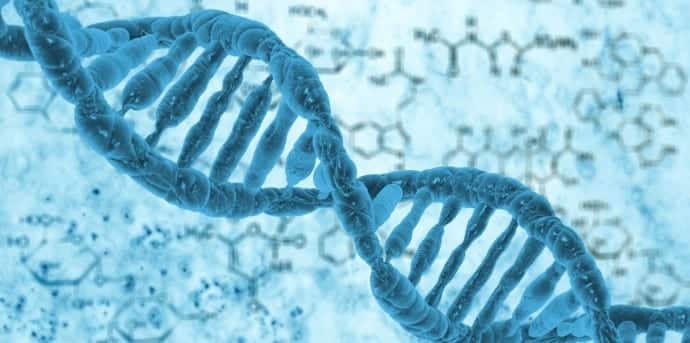Researchers develop world’s smallest diode using a single strand of DNA
Scientists have constructed the world’s smallest diode – the size of a single molecule – inside the electric circuit to better understand the results of the experiment. A diode is a component vital to electronic devices that allows current to flow in one direction but prevents its flow in the other direction.
Developed by the researchers at the University of Georgia and at Ben-Gurion University (BGU) in Israel, the diode is a promising advance in the search for a replacement for the silicon chip. Their study has been published online in Nature Chemistry. The research is supported by the National Science Foundation.
According to the study’s lead author, Bingqian Xu, the finding may ultimately lead to smaller, more powerful and more advanced electronic devices.
“For 50 years, we have been able to place more and more computing power onto smaller and smaller chips, but we are now pushing the physical limits of silicon,” said Xu, an associate professor in the UGA College of Engineering and an adjunct professor in chemistry and physics. “If silicon-based chips become much smaller, their performance will become unstable and unpredictable.”
The team used a single DNA molecule to create a diode, a component that conducts electricity mostly in one direction. Further, the DNA molecule they designed for the study only has 11 base pairs, which makes it a pretty short helix, considering a human genome has approximately 3 billion pairs.
The team inserted a molecule called “coralyne” into the helix to allow a current to flow through the DNA. What the team came up with was a diode, because the current was 15 times stronger for negative voltages than for positive. They found the current flowing through the DNA was 15 times stronger for negative voltages than for positive voltages, a necessary feature of a diode.
“This finding is quite counterintuitive because the molecular structure is still seemingly symmetrical after coralyne intercalation,” Xu said.
Dr. Yoni Dubi, a researcher in the BGU Department of Chemistry and Ilse Katz Institute for Nanoscale Science and Technology who developed the theoretical model explains, “Creating and characterizing the world’s smallest diode is a significant milestone in the development of molecular electronic devices. It gives us new insights into the electronic transport mechanism.”
The diode-like behavior of DNA originates from the bias voltage-induced breaking of spatial symmetry inside the DNA molecule after the coralyne is inserted.
“Our discovery can lead to progress in the design and construction of nanoscale electronic elements that are at least 1,000 times smaller than current components,” Xu said.
The researchers see molecular electronics as a possible way to overcome Moore’s Law beyond the limits of conventional silicon-based semiconductors. They plan to continue its work, with the goal of developing additional molecular devices and improving the performance of the molecular diode.
